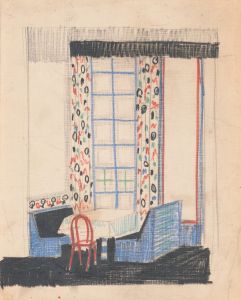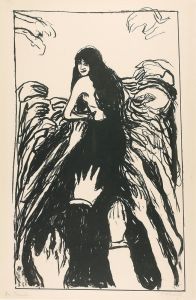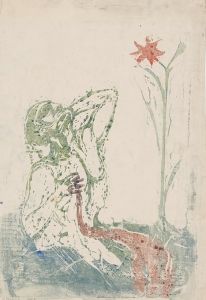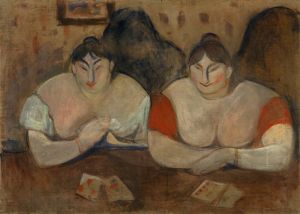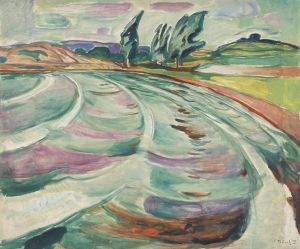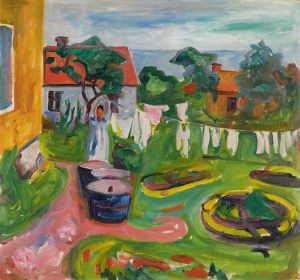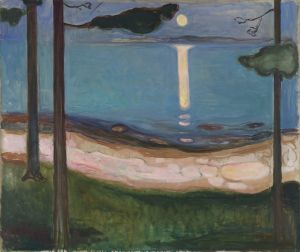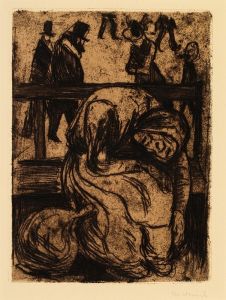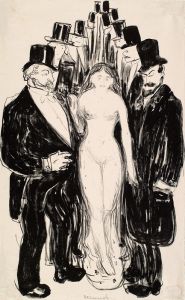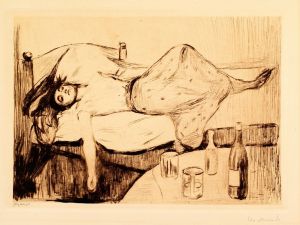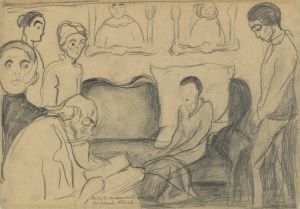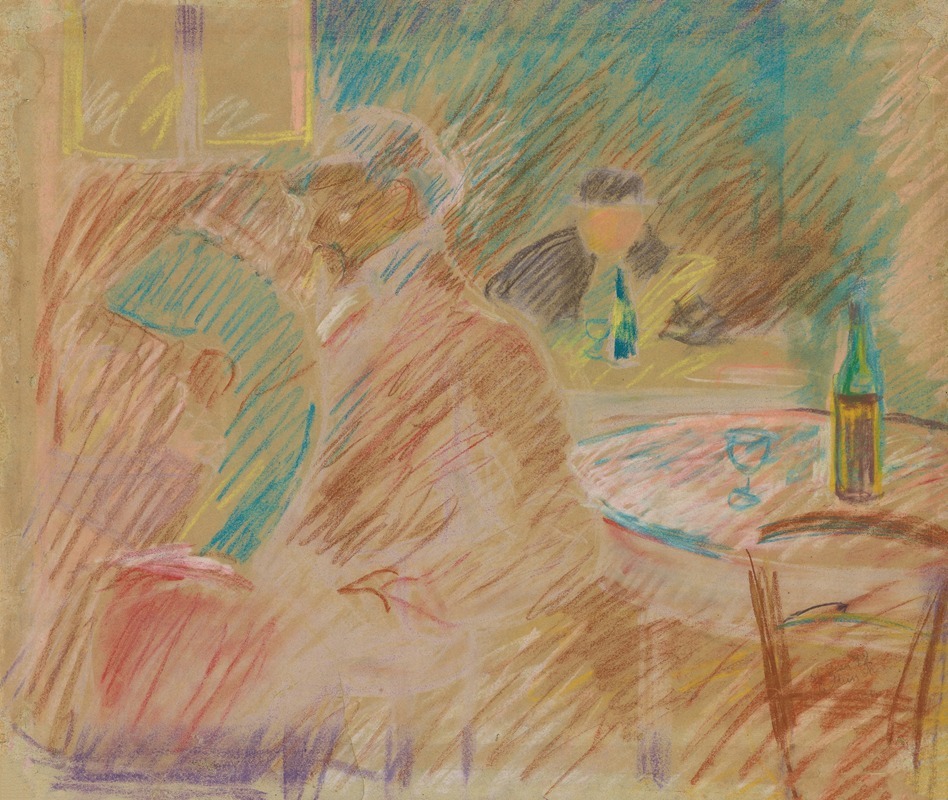
Restaurantscene
A hand-painted replica of Edvard Munch’s masterpiece Restaurantscene, meticulously crafted by professional artists to capture the true essence of the original. Each piece is created with museum-quality canvas and rare mineral pigments, carefully painted by experienced artists with delicate brushstrokes and rich, layered colors to perfectly recreate the texture of the original artwork. Unlike machine-printed reproductions, this hand-painted version brings the painting to life, infused with the artist’s emotions and skill in every stroke. Whether for personal collection or home decoration, it instantly elevates the artistic atmosphere of any space.
"Restaurant Scene" by Edvard Munch is a painting created by the renowned Norwegian artist Edvard Munch. Munch, best known for his iconic work "The Scream," was a pivotal figure in the Symbolist movement and a precursor to Expressionism. His works often explore themes of existential angst, love, and death, reflecting his own troubled life experiences.
The exact date of creation for "Restaurant Scene" is not definitively documented, but it is believed to have been painted during the late 19th or early 20th century, a period when Munch was actively producing a significant portion of his oeuvre. This era was marked by Munch's exploration of modern life and its psychological undercurrents, often depicted through scenes of urban settings and social interactions.
"Restaurant Scene" captures a moment in a dining establishment, a common social setting that Munch frequently depicted to explore human interactions and the complexities of modern life. The painting features a group of people seated around a table, engaged in conversation and dining. The composition and use of color reflect Munch's distinctive style, characterized by bold brushstrokes and a vivid palette that conveys emotional intensity.
Munch's technique in "Restaurant Scene" employs a combination of realism and abstraction, a hallmark of his work that allows for a deeper psychological interpretation of the scene. The figures in the painting are rendered with a certain degree of distortion, emphasizing their emotional states and the underlying tensions in their interactions. This approach aligns with Munch's broader artistic goals of expressing the inner turmoil and existential dread that he perceived in the human condition.
The setting of the restaurant itself is depicted with a sense of immediacy and intimacy, drawing the viewer into the scene. The background details are often less defined, focusing attention on the figures and their expressions. This technique serves to highlight the social dynamics at play and the isolation that can exist even in communal settings.
"Restaurant Scene" is part of Munch's larger body of work that delves into themes of alienation and the human psyche. His paintings from this period often reflect his own experiences and observations of contemporary society, making them both personal and universally relatable. Munch's ability to convey complex emotions through his art has cemented his place as a significant figure in the history of modern art.
The painting is housed in various collections, and like many of Munch's works, it continues to be studied and appreciated for its contribution to the understanding of modernist art and its exploration of human psychology. Munch's influence extends beyond his lifetime, impacting numerous artists and movements that followed.
In summary, "Restaurant Scene" by Edvard Munch is a compelling example of the artist's exploration of social settings and the emotional undercurrents of human interactions. Through his distinctive style and thematic focus, Munch offers a profound commentary on the complexities of modern life and the human condition.





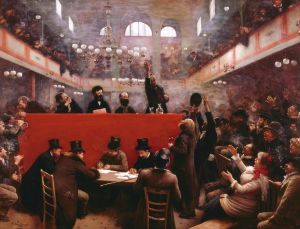
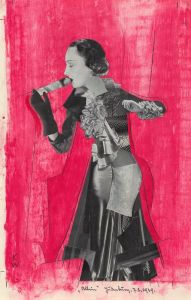
![Designs and photographs for alterations to St. James Bar Restaurant, W. 181st St. and Broadway, New York, NY.] [Incomplete study of exterior elevation](/imgs/249307/s/winold-reiss-designs-and-photographs-for-alterations-to-st-james-bar-restaurant-w-181st-st-and-broadway-new-york-ny-incomplete-study-of-exterior-elevation-15d88bd6.jpg)
